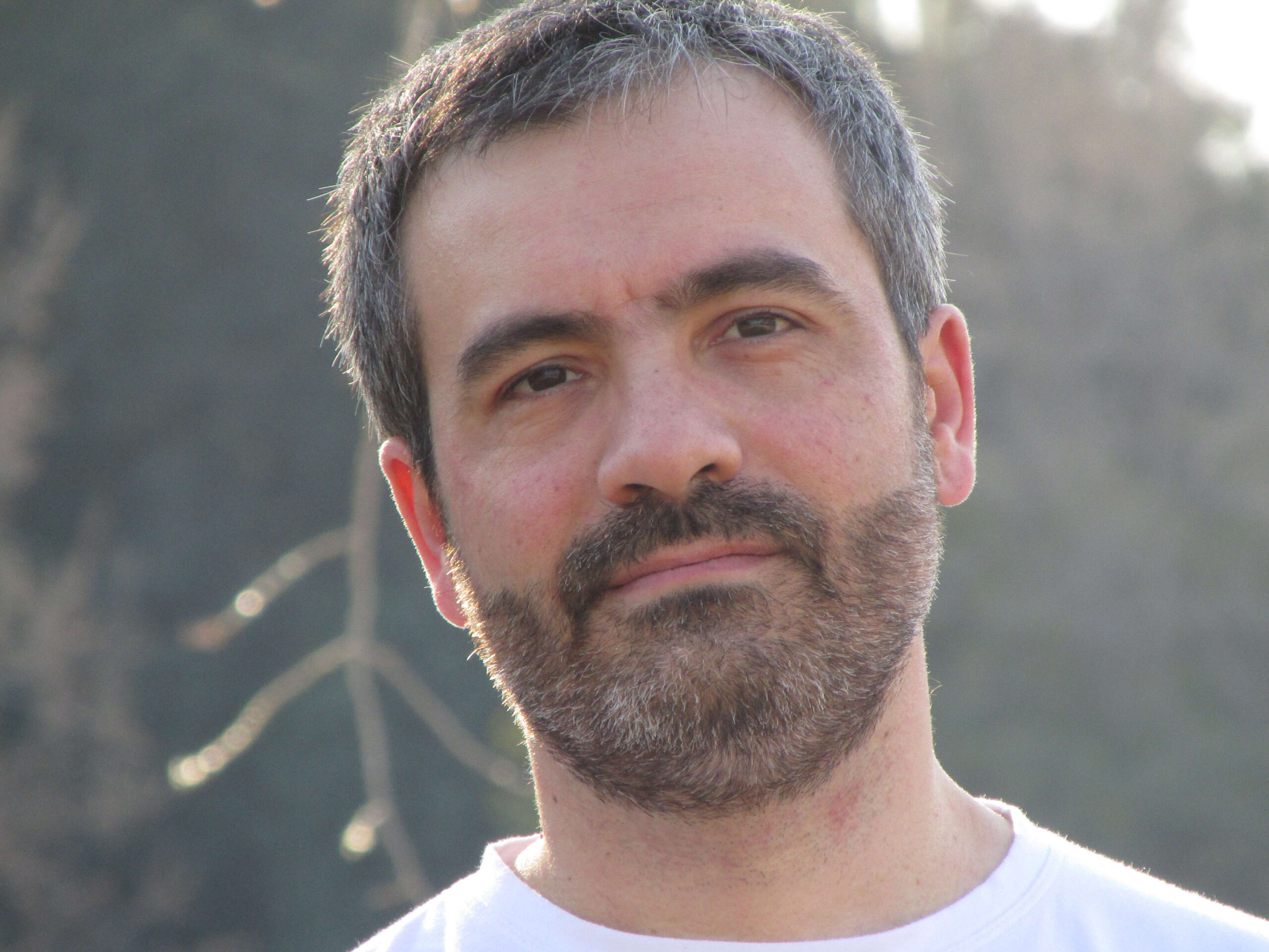A general agreement in psycholinguistics claims that syntax and meaning are unified precisely and very quickly during online sentence processing.
Although several theories have advanced arguments regarding the neurocomputational bases of this phenomenon, we argue that these theories could potentially benefit by including neurophysiological data concerning cortical dynamics.
In this work we introduce a computational model inspired in the dynamics of cortical tissue.
In our model, proximal afferent dendrites produce stochastic cellular activations, while distal dendritic branches contribute independently to somatic depolarization by means of dendritic spikes, and finally, prediction failures produce massive firing events preventing formation of sparse distributed representations.
This model combines semantic and syntactic constraints for each word in a sentence context until grammatically related word function discrimination emerges spontaneously by
the sole correlation of lexical information from different sources without applying complex optimization methods.
We show that the sparse activation features returned by our approach are well suited to accomplish grammatical function classification of individual words in a sentence.
In this way we develop a biologically guided computational explanation for linguistically relevant unification processes in cortex which connects psycholinguistics to neurobiological accounts of language.
P#257
A Computational Theory for the Emergence of Grammatical Categories in Cortical Dynamics
Dario Jesus Dematties
- Mendoza,
- Argentina
- Darío Dematties ¹
- , Silvio Rizzi ²
- , George K. Thiruvathukal ²
- , Mauricio David Pérez ³
- , Alejandro Wainselboim ¹
- , B. Silvano Zanutto ⁴
- 1 Centro Científico Tecnológico Conicet Mendoza, Instituto de Ciencias Humanas, Sociales y Ambientales, Mendoza, Argentina
- 2 Argonne National Laboratory, Lemont, IL, United States
- 3 Microwaves in Medical Engineering Group, Division of Solid-State Electronics, Department of Electrical Engineering, Uppsala University, Uppsala, Sweden
- 4 Instituto de Biología y Medicina Experimental-CONICET, Buenos Aires, Argentina

